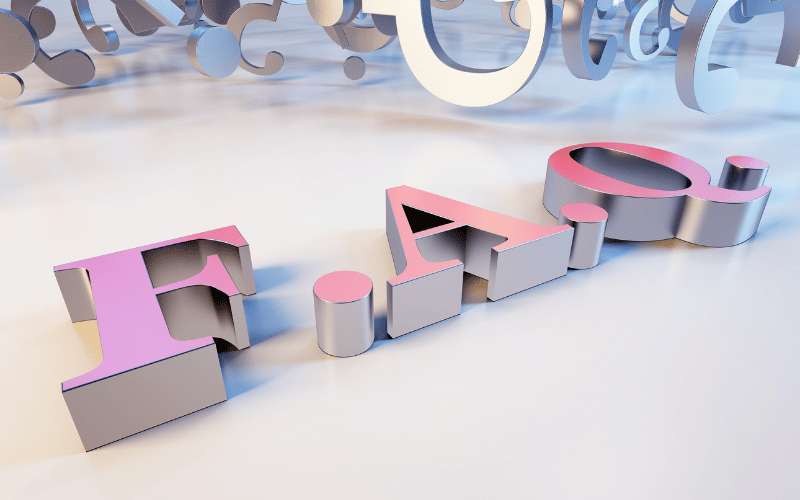Frequently Asked Questions About Umbilical Hernia Symptoms

1. What causes an umbilical hernia to develop in adults?
Umbilical hernias are more common in infants, but when they appear in adults, they’re often due to increased pressure in the abdominal area. Factors leading to this increased pressure include pregnancy, excessive weight gain, abdominal surgeries, or conditions causing prolonged coughing or constipation. This pressure can push the intestine or abdominal tissue through a weak spot in the abdominal wall, leading to a hernia.
2. Can an umbilical hernia resolve on its own?
In infants, many umbilical hernias do close on their own by the age of 1 or 2. However, for adults, an umbilical hernia doesn’t typically resolve without intervention. While not all umbilical hernias require surgery, it’s crucial to monitor symptoms and consult with a healthcare professional to determine the best course of action.
3. Are there any complications associated with untreated umbilical hernias?
Yes, while many umbilical hernias might remain painless and cause minimal symptoms, there’s a risk for complications if they go untreated. The most severe complication is strangulation, where the blood supply to the trapped intestine or fatty tissue gets cut off, leading to tissue damage or death. Strangulated hernias are a medical emergency and require immediate attention.
4. How can one differentiate between simple abdominal swelling and swelling due to an umbilical hernia?
While both can manifest as a protrusion or bulge in the abdominal area, swelling due to an umbilical hernia typically centers around the navel. Also, hernias might become more pronounced when the individual coughs, bends over, or lifts something heavy, and the bulge might retreat or decrease in size when lying down. Persistent or recurrent bulges, especially with accompanying symptoms like pain, should warrant a doctor’s consultation.
5. What does the recovery process look like after umbilical hernia surgery?
Recovery can vary depending on the individual and the severity of the hernia. Generally, after the surgery, patients might experience some pain or discomfort, which can be managed with pain relief medications. They’re usually advised to avoid strenuous activities for several weeks. Regular follow-up appointments will help ensure the hernia is healing correctly, and there are no complications. Most patients can return to their regular activities within a few weeks, but it’s always essential to follow the surgeon’s specific recommendations.
Conclusion: Understanding the Implications of Umbilical Hernias
Umbilical hernias, while more prevalent in infants, are not exclusive to them and can pose significant health challenges to adults as well. Recognizing the symptoms early on is crucial. From the undeniable presence of a bulge near the belly button to more discomforting symptoms such as constipation or even fever, each sign acts as a signal for necessary medical attention. Some of these symptoms might seem innocuous or unrelated at first, but when observed in tandem, they warrant immediate consultation. Ignoring or being unaware of these symptoms can lead to complications, some of which might become severe and life-threatening.
Moreover, the journey of understanding umbilical hernias doesn’t end at recognizing the symptoms. As with any medical condition, knowledge is empowerment. The more one is educated about the causes, risks, and potential treatments, the better equipped they are to make informed decisions regarding their health. Whether it’s considering the surgical options or understanding post-surgery recovery, being proactive in one’s health journey is paramount. As we’ve seen, while umbilical hernias may be common, they’re far from trivial and deserve our undivided attention and care.